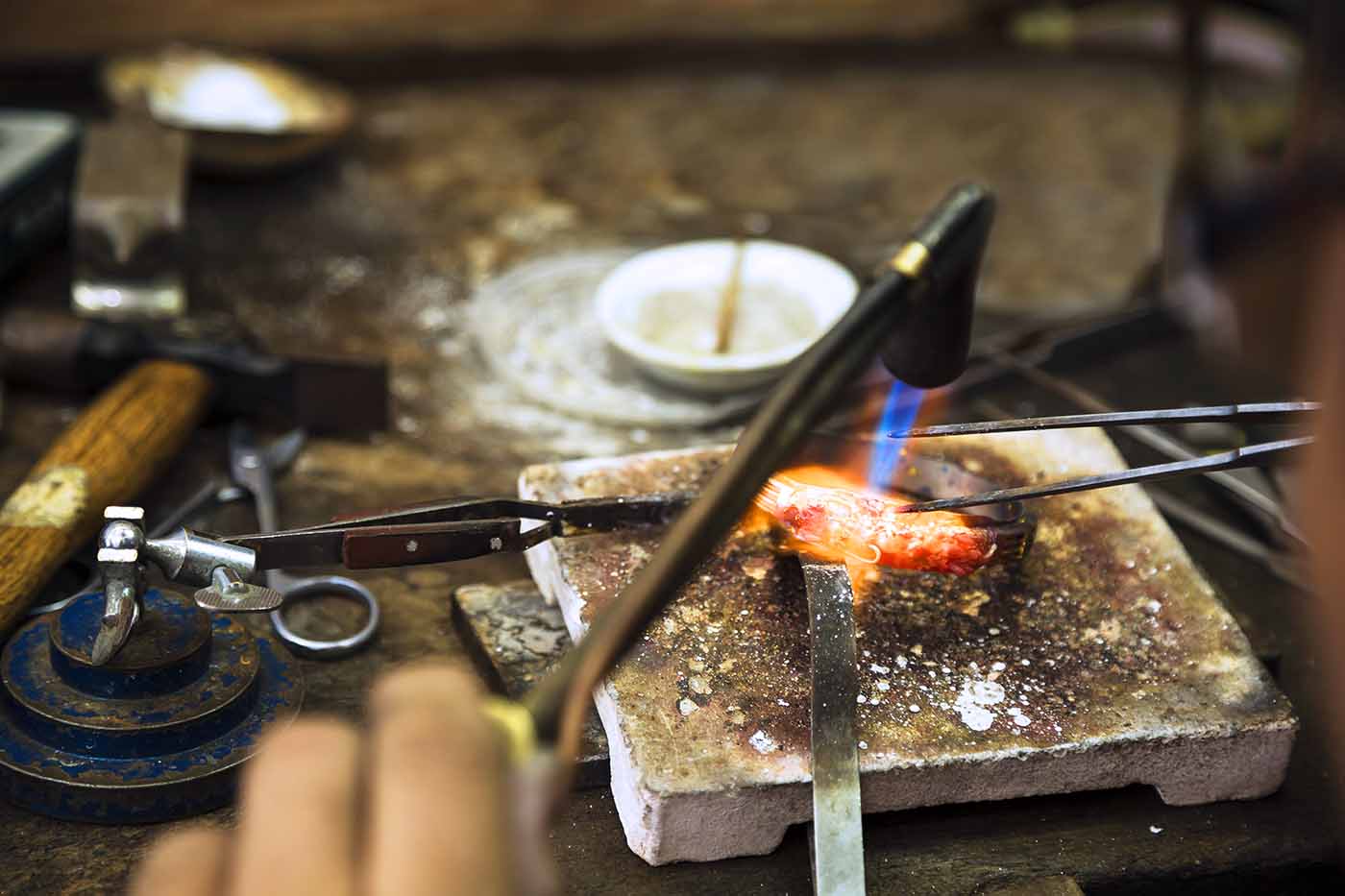
Green Artisan Project

Introduction
The jewelry industry has a significant environmental impact, particularly in production processes like metal casting. Traditional methods often involve toxic chemicals, high energy consumption, and hazardous waste. To address this, Green Casting has emerged as a sustainable alternative, minimizing ecological harm while maintaining high-quality craftsmanship.
At Green Artisan Project, we advocate for environmentally responsible jewelry production. This article explores how green casting can be implemented in jewelry manufacturing.
What is Green Casting?
Green casting refers to metal casting techniques that prioritize sustainability by:
- Reducing toxic chemical use
- Minimizing waste generation
- Utilizing renewable or energy-efficient processes
- Incorporating recycled metals
This approach ensures that jewelry is not only beautiful but also ethically and ecologically sound.
The Green Casting Process in Jewelry
1. Sustainable Material Selection
- Recycled Metals: Using recycled gold, silver, or copper reduces the need for destructive mining.
- Ethically Sourced Metals: Opting for Fairmined or Fairtrade-certified metals ensures responsible sourcing.
2. Low-Energy Casting Methods
- Electric Furnaces: More energy-efficient than fossil fuel-based furnaces, reducing carbon emissions.
- Microwave-Assisted Casting: A cutting-edge technique that melts metals faster with lower energy consumption.
3. Non-Toxic Chemical Alternatives
- Eco-Friendly Fluxes: Replacing borax with plant-based or mineral-based alternatives.
- Green Investment Powders: Traditional silica-based casting powders can be replaced with safer, biodegradable options.
4. Waste Recycling Systems
- Reclaiming Wax & Metal Scraps: Lost-wax casting waste can be recycled, and excess metal can be reused.
- Water Filtration: Treating wastewater to prevent contamination.
5. Reusable Molds
- Silicone or Ceramic Molds: Durable molds reduce the need for single-use casting materials.
Benefits of Green Casting
- Reduces Pollution: Limits toxic emissions and water contamination.
- Lowers Carbon Footprint: Energy-efficient methods decrease greenhouse gas emissions.
- Supports Circular Economy: Recycling metals reduces reliance on mining.
- Appeals to Conscious Consumers: Eco-friendly jewelry attracts sustainability-minded buyers.
Conclusion
Green casting proves that jewelry production can be both luxurious and sustainable. By adopting eco-friendly techniques, the industry can reduce its environmental impact while meeting consumer demand for ethical products.
At Green Artisan Project, we are committed to sustainable jewelry practices. Visit greenartisanproject.com to learn more about eco-conscious jewelry making!
#GreenJewelry #SustainableCasting #EcoFriendlyJewelry #EthicalJewelry #GreenArtisanProject
